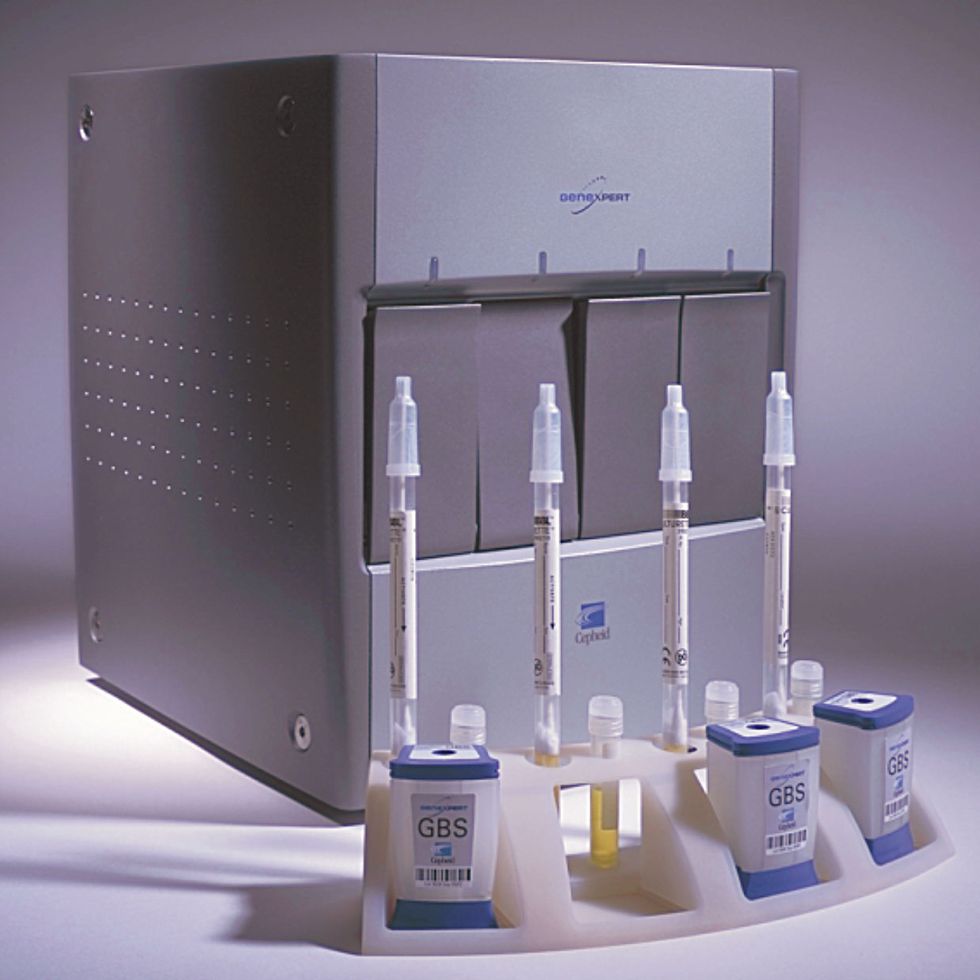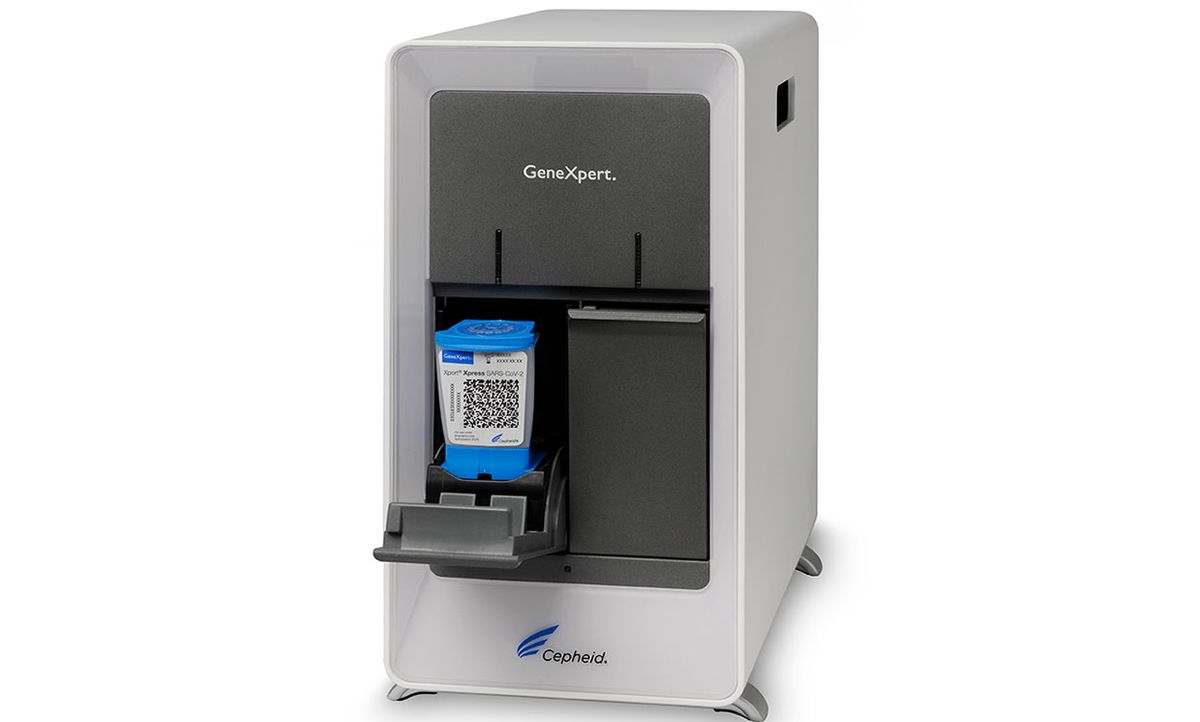In late March, the FDA approved the use of Cepheid’s GeneXpert rapid molecular diagnostic machines to test for the new coronavirus. The automated modules—5000 of which are already installed in U.S. health facilities, while 18,000 are in operation in other countries—don’t require a lab facility or special training to operate. What’s more, they generate accurate results in about 45 minutes. The modules use disposable cartridges, pre-filled with the required chemicals that are channeled around test chambers using microfluidics.
While the cartridges had to be adapted to test for COVID-19, the microfluidic system itself dates back to the late 1990s, when Cepheid was cofounded in Silicon Valley by IEEE Fellow Kurt Petersen, a MEMS pioneer and recipient of the 2019 IEEE Medal of Honor. (Cepheid went public in 2000 and Danaher acquired it in 2016.)
The system was just a prototype in September 2001, when letters containing anthrax spores began to arrive at the offices of U.S. senators and journalists. Cepheid won a set of competitions held by the U.S. Postal Service aimed at helping it prevent anthrax from getting into the mail system. To this day, Cepheid systems, attached to mail sorting machines, screen most mail in the U.S.
Since then, the company’s GeneXpert has been adapted to test for flu, strep, norovirus, chlamydia, tuberculosis, MRSA—and now, COVID-19.

Says Petersen: “The technology we developed is very powerful, because you can have all different kinds of cartridges for the instrument. Each cartridge can have a different design of its microfluidics and hold different chemicals, creating a PCR (polymerase chain reaction) specific to any DNA sequence you want, and so sensitive that you can detect just a few segments of that DNA in a milliliter of liquid.”
The GeneXpert test, like most COVID-19 tests to date, starts with a nasal sample taken with a swab. The person collecting the sample drops the swab into a liquid-filled specimen transfer tube. To start the test, liquid containing the sample is pipetted into a disposable test cartridge, and the cartridge is inserted into the test machine; this takes no special training. After this, the process is automatic.
Petersen explains how it works:
The test cartridge contains microfluidic channels; these are made out of plastic using high-precision injection molding. All the chemicals needed for the process are stored in chambers within the system. In the center of the cartridge, a rotary valve turns to open different pathways, while a tiny plunger—like a syringe--moves fluids in and out as needed.
So, the plunger pulls the sample into the center, the valve rotates, and the plunger pushes it into another region of the cartridge to do an operation on it. The system can do that multiple times, moving the sample to different regions with different chemicals, extracting RNA, mixing it with the reverse transcriptase that synthesizes complementary DNA that matches the RNA, and eventually pushing it into PCR reaction tube, where rapid heating and cooling speeds up the process of copying the DNA. Each new copy of the DNA gets a fluorescent molecule attached, which allows an optical system to determine whether or not the targeted gene sequence is in the sample.
Petersen, now an angel investor, says he’s gratified that a technology he worked to develop is being used to help address the pandemic. “The instrument hasn’t changed that much,” he says; “it’s pretty much what we designed 20 years ago.”
While Cepheid’s test for COVID-19 was the first approved in the U.S., Abbott has also received FDA approval for a five-minute test that runs on its ID Now analyzers. Roughly 18,000 of those are installed in U.S. healthcare facilities. According to a recent study on flu virus identification that compared the Cepheid and Abbott systems along with a similar technology from Roche, “the Cepheid test showed the best performance,” and was generally more sensitive. Such comparisons with respect to identifying COVID-19 are not yet available.
Attention IEEE members: are you part of a team responding to the COVID-19 crisis? We want to hear from you! Wherever you are and whatever you are doing, if you are helping deal with the outbreak in some way, let us know. Send us accounts of anywhere from 200 to 800 words, or simply give us a rough idea of what you are doing and your contact information. Write to: k.pretz@ieee.org
This article appears in the June 2020 print issue as “Cepheid, Cofounded by IEEE Fellow Kurt Petersen, has a Rapid Test for COVID-19.”
Tekla S. Perry is a senior editor at IEEE Spectrum. Based in Palo Alto, Calif., she's been covering the people, companies, and technology that make Silicon Valley a special place for more than 40 years. An IEEE member, she holds a bachelor's degree in journalism from Michigan State University.



